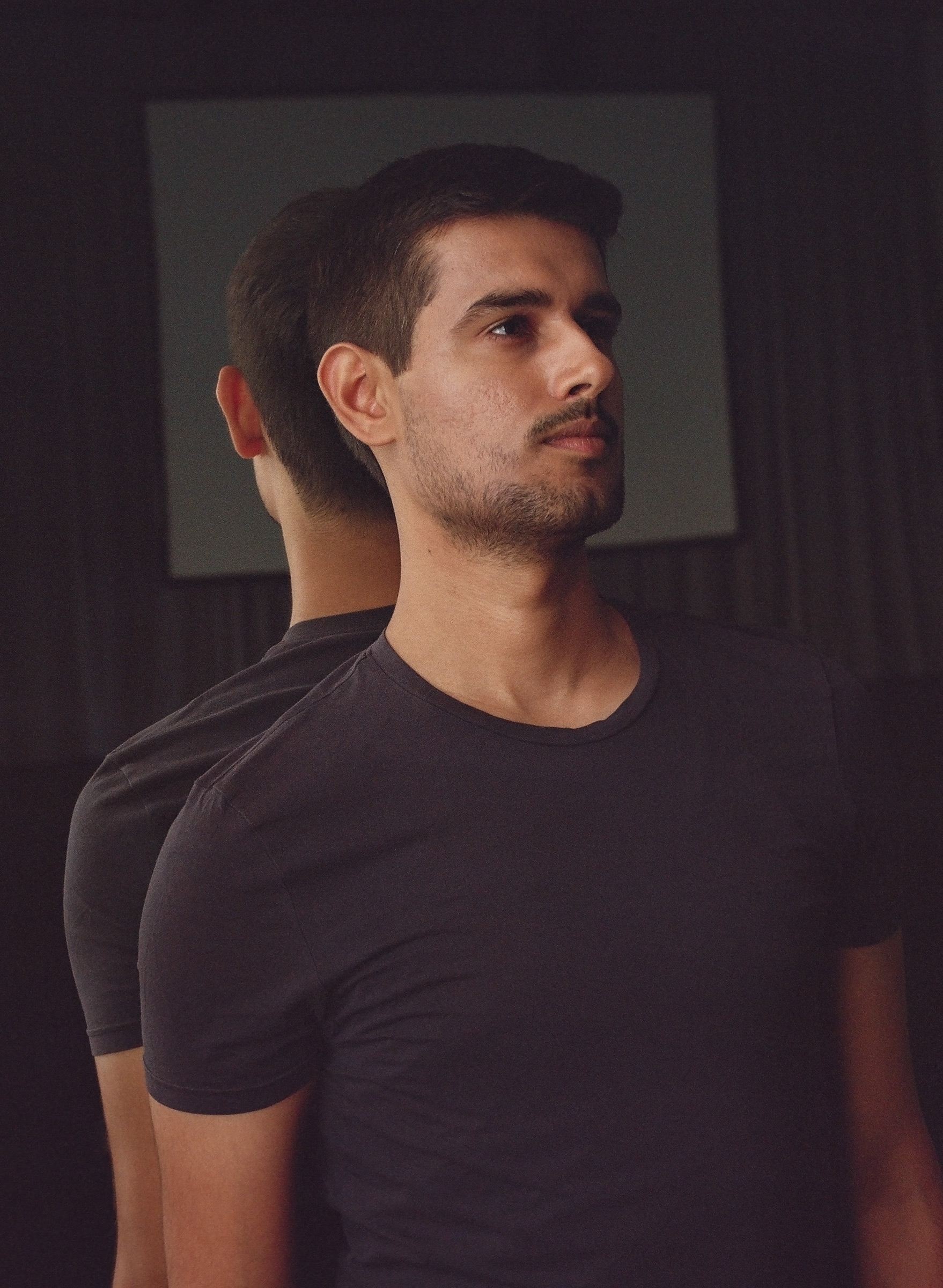Dhruv Rathee discovered YouTube in 2014, a time when cheap smartphones and cellular data led to a boom in internet access in India. Inspired by videos he watched online, Rathee, now 28, started a travel vlog. But he soon noticed a problem: “People in India weren’t trained on how to use the internet and blindly trusted whatever they saw on YouTube or WhatsApp,” he says. So Rathee, who grew up in a small northern Indian town in the state of Haryana and later studied mechanical engineering in Germany, became what he calls a “YouTube educator,” making videos in Hindi that fact-check topics that are trending on Indian social media. “My aim is to present things as simply as possible and break down complex issues in simple words,” he says.
Read More: The Story of One iPhone Factory Powering Apple’s Pivot to India
Rathee’s work is incredibly popular—he’s amassed nearly 13 million subscribers, making his YouTube channel one of the most-viewed in the country. It has also led to clashes with the Indian government. When a controversial Hindi film called The Kerala Story began making waves in May, Rathee made a 23-minute video in which he argued that the film pushed a Hindu-nationalist government narrative by falsely promoting an Islamophobic conspiracy theory. Though Rathee used the government’s own data and international sources to make his counter-claim, his fact-checking led to consequences, including rape threats sent to his wife. In another instance, his video was blocked by the Indian Ministry of Information and Broadcasting last September, over claims that it included a distorted map of the Indian-administered territory of Kashmir.

Despite the risks, Rathee remains unfazed. He makes videos for one reason: “I hope they teach people tolerance, coexistence, and accepting each other’s opinions, values that I myself really value,” he says. “I’m surprised doing such a simple thing can bring so much attention,” he adds, “maybe because no one tries to dare to do that.”
- The 100 Most Influential People of 2024
- Coco Gauff Is Playing for Herself Now
- Scenes From Pro-Palestinian Encampments Across U.S. Universities
- 6 Compliments That Land Every Time
- If You're Dating Right Now, You're Brave: Column
- The AI That Could Heal a Divided Internet
- Fallout Is a Brilliant Model for the Future of Video Game Adaptations
- Want Weekly Recs on What to Watch, Read, and More? Sign Up for Worth Your Time